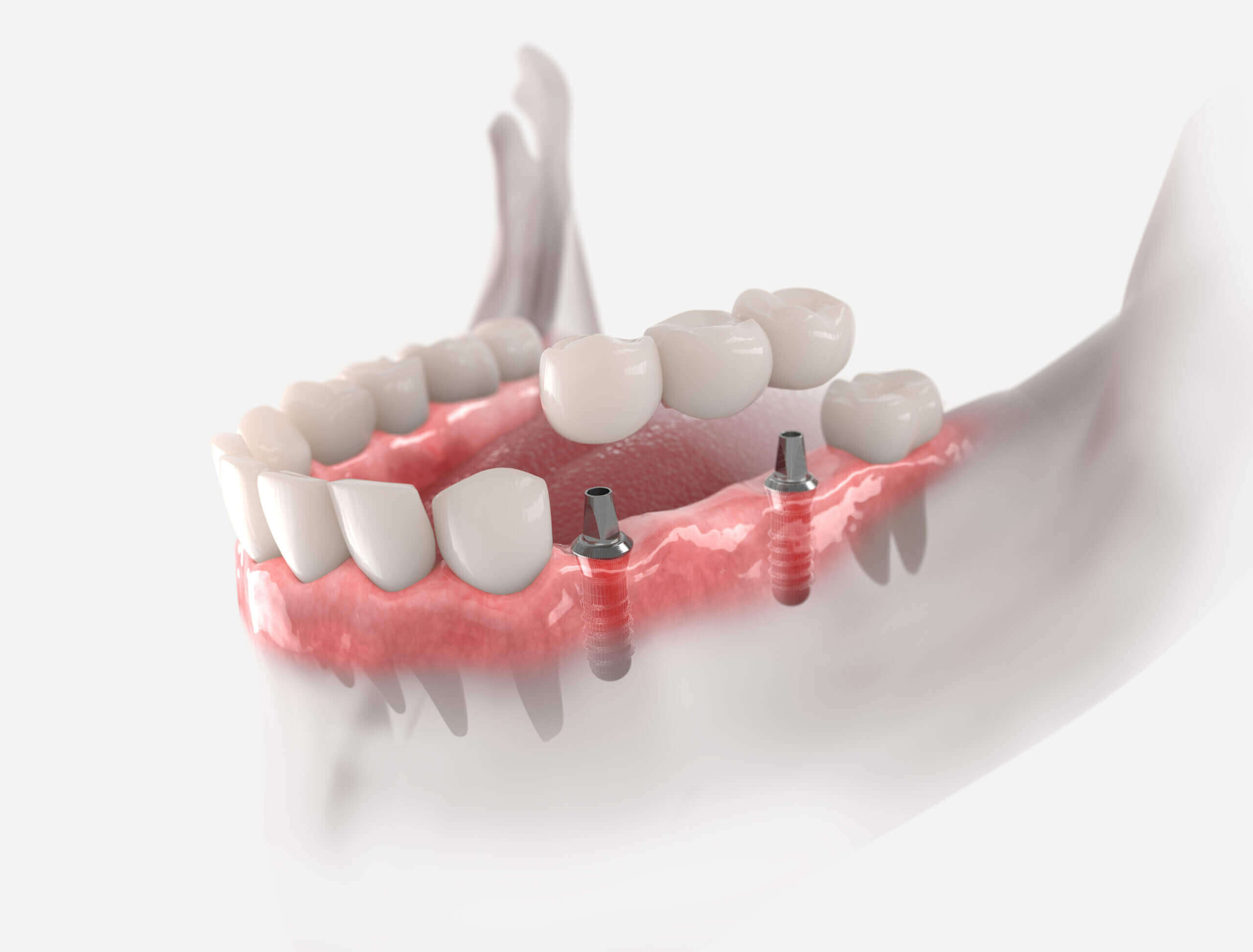
Bridge the Gap: All About Dental Bridges
If you are missing one or more missing teeth, you may be looking for a solution to restore your smile. A dental bridge is an affordable option for patients that want to improve their chewing, maintain their natural face shape, prevent their teeth from shifting, and enhance their overall appearance. Dental bridges are often used to compensate for the loss of original teeth by essentially “bridging” the gap created by the extractions. However, it’s important to fully understand how they work and what you can expect during and after the procedure before making your decision.
What are Dental Bridges?
A dental bridge is a type of permanent appliance used to restore one or more missing teeth. Similar to a bridge that spans over water to connect two pieces of land, a dental bridge spans over a gap left by missing teeth to join the surrounding teeth. A typical dental bridge appears as a row of teeth that contain custom-made replacement teeth to fill the gap and specially fitted crowns that anchor the teeth on either side of the gap.
Most dental bridges are made of porcelain to resemble the look of real teeth. The artificial teeth are then connected to a metal structure for added support. Other types are constructed of “all-ceramic,” which is a combination of several materials including porcelain. This procedure may be recommended to patients that have lost teeth due to old age, trauma, medications, periodontal disease, or severe tooth decay.
Types of Dental Bridges
There are four main types of dental bridges, including:
- Traditional Dental Bridges – A traditional dental bridge is the most common type, consisting of ceramic or porcelain fused to metal. Traditional bridges contain a false tooth (pontic) that is held in place by a dental crown on either side. While placing a traditional dental bridge, the dentist shapes and files the tooth on each side of the pontic. This type of bridge is most commonly used to restore posterior teeth, such as molars and premolars.
- Cantilever Dental Bridges – Similar to traditional dental bridges, cantilever bridges are constructed of porcelain fused to metal. However, for a patient to have a cantilever, they must have one natural tooth next to the missing tooth. With a cantilever bridge, a dental crown is placed over an unhealthy tooth on either side. As cantilever bridges are not strong enough to support the back teeth, they are usually used on the front teeth.
- Maryland Dental Bridges – Also known as an adhesive bridge, a Maryland dental bridge is typically less invasive than a traditional one. Maryland bridges consist of a pontic supported by metal framework. They are made of porcelain and feature “wings” that bond to the adjacent teeth. With Maryland dental bridges, less tooth removal is necessary as the bridge attaches to the backside of the surrounding teeth.
- Implant-Supported Dental Bridges – An implant-supported bridge is a type that is supported only by implants instead of dental crowns or metal framework. Implant-supported bridges are most often used to restore back teeth. They are ideal for patients that have at least three missing teeth in a row.
Who is a Good Candidate for Bridges?
While dental bridges are a viable solution for missing teeth, they are not right for everyone. You may be a good candidate if you have between one and four consecutive teeth missing, you cannot place an implant, or if you do not want a removable solution like a flipper or partial.
The ideal candidates for a dental bridge procedure are in relatively good health
Additionally, adequate tooth structure is needed as the teeth need to be shaped and filed to fit crowns. It is also important that you have healthy gums before placement. Gum disease leads to the inflammation and recession of the gums. This can negatively impact the appearance and fit of your bridge.

